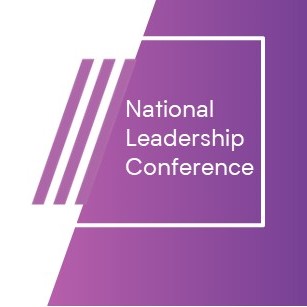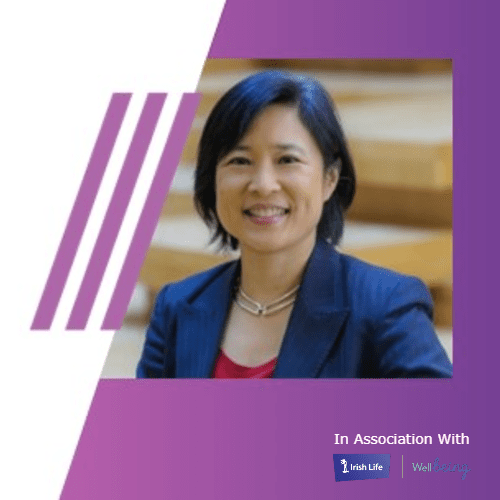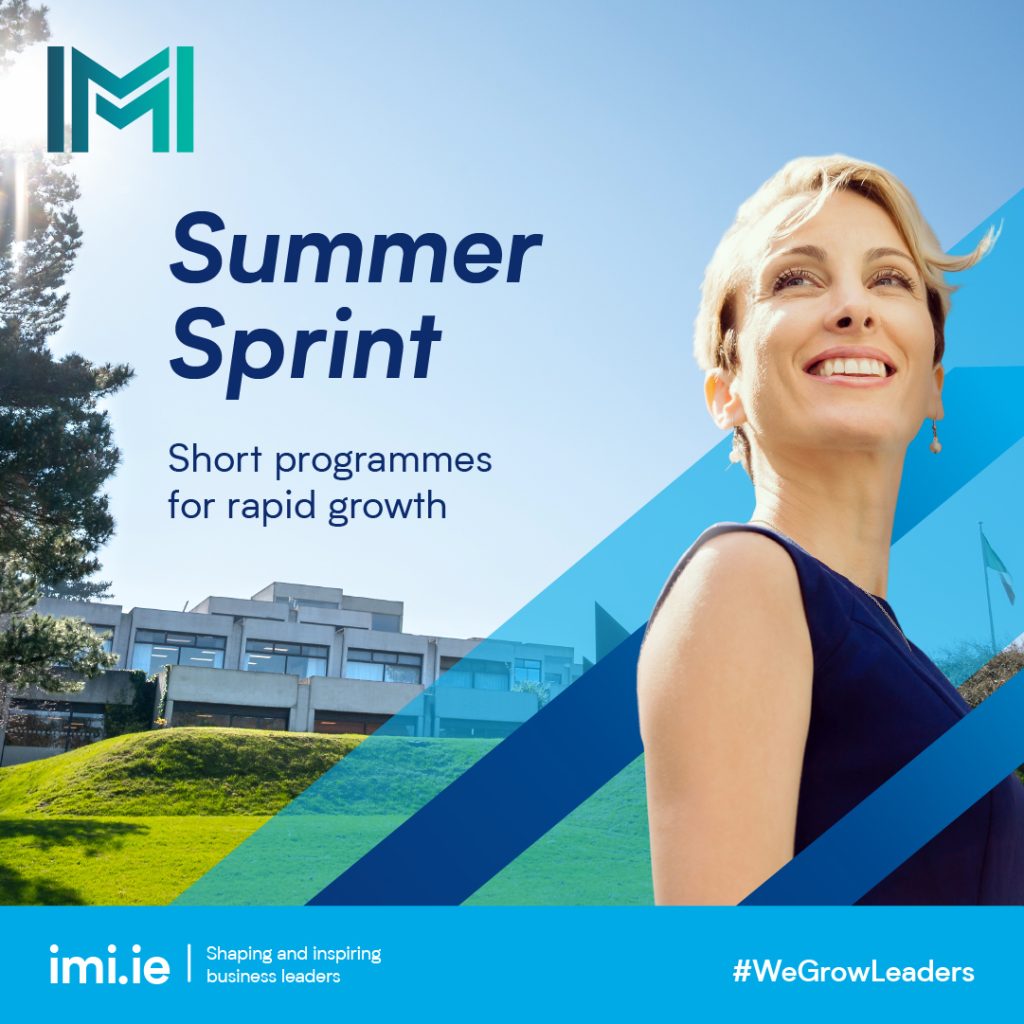Paula Milligan: True inclusion needs a (psychological) safety-first approach
By Paula Milligan | 29th November 2021
IMI Associate Paula Milligan insists getting the emotional balance right is critical to team success – and inclusion blossoming.
“Trust is the new currency of our “new normal”. We must get this right to succeed. Another world is not only possible; she is on her way”.
This is a time of awakening. We live in a world where we need to work and move forward together more than ever. We need to become clear on our business, people, society, environment, and suppliers while leading in a way that allows fear and uncertainty to sit at the table.
Leading remotely presents a paradox in itself; we need to maintain our focus on the bigger picture, but we cannot lead everything all at once. So how do we move forward as leaders into this new and uncharted territory while ensuring our people feel included, safe, engaged, and committed?
Sometimes it is useful to go back to basics and ask ourselves what inclusion means. It is the state of being included or being made feel part of something, but bringing people together, whatever form that takes, is only part of the journey.
How they interact and feel about each other – and their manager – is the more challenging and essential part to address. To create a true sense of inclusion, we must be conscious of the emotions of our people while empowering them to perform with purpose to keep the wheels of the business turning.
The Tight Loose Tight method
One approach from Sigve Brekke, the CEO of Telenor, really resonated with me. He calls it “Tight Loose Tight”.
There are 3 pillars to this style of leadership:
Pillar 1 – TIGHT: As leaders, we must provide our people with the clarity and competence to perform their roles. Do they know exactly what is expected of them? Do they have the capability to achieve the goal?
Pillar 2 – LOOSE: Leaders should focus on giving their people the empowerment and freedom to achieve their goals. Measure your people on the outcomes they produce rather than the number of physical hours logged at work. Build trust to drive innovation – by trusting your team, you give a green light to act fast and try out new things. As a result, you will see innovation emerge from new and unexpected places and people in your team.
Pillar 3 – TIGHT: This is about holding your people accountable for the results needed to fulfil their role. Indeed, as leaders we must also be accountable for the results and actions that we promise to our teams.
This only works effectively if all three pillars are in place. The beauty is that this strategy will prove effective whether leading a team in the office, or in a hybrid or remote setting. Trust is a core factor in optimising this three-point plan.
Trust is a feeling…
Trust is not an instruction…
Trust comes from the environment we are in…
Trust emerges in safe environments, where we feel that our own personal growth and wellbeing are supported.
The war for talent starts with wellbeing
Cynicism, paranoia, self-interest, and mistrust emerge in unsafe environments, which may be potentially fuelling the ‘resignation rage’ which is so prevalent across many sectors now. Make no mistake: there will be a huge emphasis on attracting and retaining our talent in 2022.
The war for talent is on and the employers who position the emotional wellbeing of their employees at the core of their organisational culture, promoting safe, inclusive, and supportive environments, will be better positioned to win that war, particularly post-pandemic.
We live in an increasingly complex world, and our relationships need to be strong. Leadership communication is difficult on a good day and the bonds we have with our people need to be up to it. What steps as leaders in this new VUCA world can we take to help reach this place of inclusion and safety, whilst bolstering our performance and productivity levels?
(Psychological) Safety first
(1) The foundation: Create an environment of trust, connection and psychological safety.
(2) Stick to your principles: All benchmarks of team performance should be agreed with the team to ensure clarity, self-ownership and true accountability.
(3) Practices: Embed rituals and routines to create a performance infrastructure rather than expecting things to “just happen”. A team charter document is an excellent way to achieve this.
If our people are lying, hiding and faking, our culture and performance will be weak, and our output will suffer. The irony is that when we act like we have all the answers and present ourselves as infallible, our people mistrust us. We must model vulnerability for others by admitting our mistakes and exposing our weaknesses. It means saying:
- “I don’t know how to do that, but together we can find a solution.”
- “I made a mistake, where is the learning in this?”
- “I don’t know how the future of work translates yet, but let’s work it out together.”
Let’s create a culture of learning and inclusion. Let’s start with building real trust and inclusion into our teams. This quote epitomises psychological safety and inclusion and what you can achieve with it in place:
“You may be able to “BUY” a person’s back with a pay cheque, position, power or fear but a human being’s genius, passion, loyalty and tenacious activity are “Volunteered” only. True leadership is communicating their worth and potential so clearly that they are inspired to see it in themselves”.
Paula Milligan is a leadership facilitator, executive coach and people strategist, and a senior Associate Faculty with the Irish Management Institute (IMI). She delivers on programmes such as the Professional Diploma in Leadership, High Impact Leadership, High Performance Teams and Communicating for Performance, as well as working on various custom programmes for large corporate clients.








